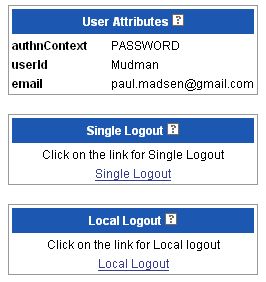Lawyers would love to be this
involved in every identity exchange.
Lawyer 1: My client is willing to provide first name.
Lawyer 2: C'mon, that would be like milking the horse before the cow, my client absolutely needs email address.
Lawyer 1: What if we threw in postal code?
Lawyer 2: For home address? or shipping address?
Lawyer 1: My client would be willing to give both if you got rid of the ridiculous request for their sexual preference.
Lawyer 2: It's not ridiculous, my client needs that information before deciding whether or not to proceed with this relationship.
Lawyer 1: C'mon, we're in a gay bar, get it from the context!
Lawyer 2: Ok, ok, we can bend on this. But not on email address - that's a must have.
Lawyer 1: (after whispering with client) Ok, here you go.
Lawyer 2: What the &$%@# is this? I said we wanted an email address!
Lawyer 1: It's a URI. It's like an email address but protects my client's privacy. Your client would go that web page and leave a message.
Lawyer 2: Where did you learn your law? I didn't say we wanted something 'like' an email address. I said we needed 'an' email address. Jeez, go read PIPEDA before wasting our time like this (packing up papers).
Lawyer 1: C'mon, sit down and relax. My client will provide her real address on the condition that it not be shared with anybody else and thrown away after a week (whispering with client) Oh, wait, clarification, not shared with anybody ugly.
Lawyer 2: (after whispering with client) Would writing it on the bathroom wall be considered acceptable usage?
Lawyer 1: (more whispering) My client says yes, but only in a small font.
















